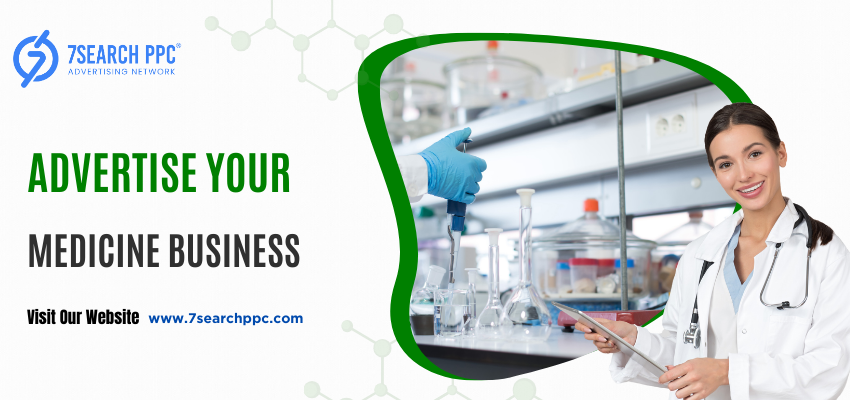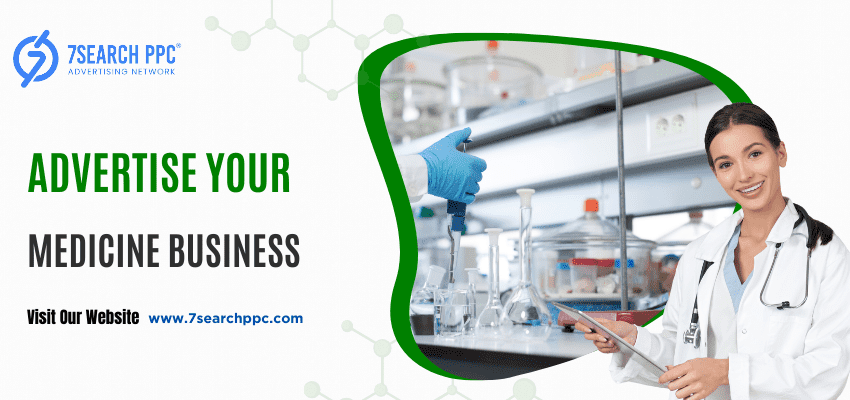In today’s fast-evolving healthcare industry, communication plays a crucial role in bridging the gap between providers and patients. One of the most effective tools in this communication arsenal is medicine ads. Whether broadcast on television, promoted online, or placed in print media, these advertisements have revolutionized the way people perceive, learn about, and interact with medical solutions.
In this article, we explore why medicine ads are important for healthcare, highlighting their role in improving awareness, enhancing patient engagement, encouraging early diagnosis, and ultimately driving better health outcomes.

Introduction to Medicine Ads
Medicine ads—also known as medication ads or pharmaceutical ads—are marketing messages created to inform or persuade consumers and healthcare professionals about a specific drug, treatment, or medical product. These ads can be classified into two major categories:
Direct-to-Consumer (DTC) Advertising: Aimed at the general public to inform them about available treatments.
Professional Advertising: Targeted toward doctors, pharmacists, and other healthcare professionals to promote prescribing behavior.
While some countries, like the U.S. and New Zealand, allow DTC advertising of prescription drugs, others strictly regulate or ban it. Regardless of geography, medicine advertising has become a significant part of global healthcare marketing.
Spreading Awareness About Treatment Options
One of the main benefits of medicine ads is that they help spread awareness about available treatment options. Patients often remain unaware of new or alternative therapies that could benefit them. Medication ads serve as an information bridge between pharmaceutical innovation and public knowledge.
For instance, an ad campaign for a new migraine medication might introduce sufferers to an option they never knew existed. This type of messaging not only informs but also empowers patients to seek consultations and explore suitable therapies.
Read More
Encouraging Patient-Doctor Communication
Effective medicine advertising fosters open and informed conversations between patients and healthcare providers. When patients see ads for new medications, they are more likely to ask their doctors about them during appointments.
This engagement serves multiple purposes:
It helps patients become more involved in their treatment plans.
It ensures that healthcare providers stay informed about patient interest and demand.
It allows for a shared decision-making process that improves adherence and satisfaction.
By promoting this dialogue, pharmaceutical ads can significantly enhance patient engagement and participation in healthcare.
Reducing the Stigma Around Medical Conditions
Certain conditions—such as mental health issues, sexual health concerns, or chronic illnesses—are often underreported due to social stigma. Medicine ads that address these conditions publicly can normalize the conversation around them.
Examples:
Ads promoting antidepressants can destigmatize mental health disorders.
Erectile dysfunction medication ads help men seek treatment without embarrassment.
Asthma treatment ads reassure sufferers that managing their condition is possible and common.
By making these issues visible, medication advertising helps create a more accepting and informed society.
Driving Early Diagnosis and Preventive Care
Sometimes, the symptoms described in medicine ads can prompt individuals to realize they might need medical attention. This leads to earlier doctor visits, quicker diagnosis, and more effective treatment. For example:
A viewer experiencing persistent coughing might see a lung health medicine ad and schedule a check-up.
A person feeling persistent fatigue might recognize symptoms described in an ad for anemia medication.
In this way, medicine ads promote preventive healthcare, ultimately reducing long-term treatment costs and improving patient outcomes.
Enhancing Brand Recognition and Trust
For pharmaceutical companies, medicine advertising builds brand recognition and consumer trust. A well-crafted ad, backed by clinical research and regulatory compliance, can:
Position the brand as a reliable healthcare solution provider.
Differentiate a product in a crowded marketplace.
Reinforce brand loyalty through consistent and clear messaging.
When consumers see a brand regularly in credible media formats, it fosters a sense of familiarity and dependability, critical factors in healthcare decision-making.
Educating About Drug Usage and Safety
Many medicine ads include important details about dosage, side effects, contraindications, and warnings. While there’s often criticism about how much detail ads should include, this information can be valuable for potential users.

By promoting:
Proper drug usage
Awareness of potential side effects
Necessary doctor consultations
Pharmaceutical advertising contributes to informed healthcare decisions and promotes safe medication practices.
Supporting Competitive Innovation in the Industry
Medicine advertising creates a competitive environment where pharmaceutical companies strive to innovate. To stand out in a saturated market, companies are motivated to:
Develop better medications.
Invest in research and development.
Improve drug accessibility and affordability.
Increased visibility and competitive pressure drive medical innovation, benefiting patients in the long term.
Utilizing Digital Medicine Ads for Targeted Reach
With the rise of digital media, medicine ads have become more precise and personalized. Online platforms allow advertisers to:
Target specific demographics (e.g., age, health conditions, location).
Retarget users who previously searched for related symptoms.
Measure engagement rates and adapt campaigns for better results.
This digital evolution of medicine advertising ensures that the right message reaches the right audience, improving effectiveness while minimizing wasteful spending.
Ethical Concerns and Regulatory Oversight
It’s worth noting that medicine ads are subject to rigorous scrutiny and regulation to ensure ethical practices. Organizations like the U.S. Food and Drug Administration (FDA) and equivalent international bodies enforce strict guidelines on:
Transparency of information
Avoidance of false claims
Disclosure of risks and benefits
Despite this, ethical concerns still arise, especially around exaggerated claims or over-medicalization of minor symptoms. Responsible medicine advertising must strike a balance between promotion and education.
Conclusion: The Vital Role of Medicine Ads in Healthcare
So, why are medicine ads important for healthcare ads. The answer lies in their multi-faceted impact:
They educate and empower patients.
They bridge the gap between innovation and public understanding.
They drive early diagnosis, normalize stigmatized conditions, and promote preventive care.
They encourage dialogue between patients and doctors, ultimately enhancing the quality of care.
And, when done ethically and transparently, they boost trust, accessibility, and health literacy.
As the healthcare industry continues to evolve, medicine ads will remain a powerful tool in promoting wellness, connecting people with life-changing treatments, and driving innovation in medical science.



